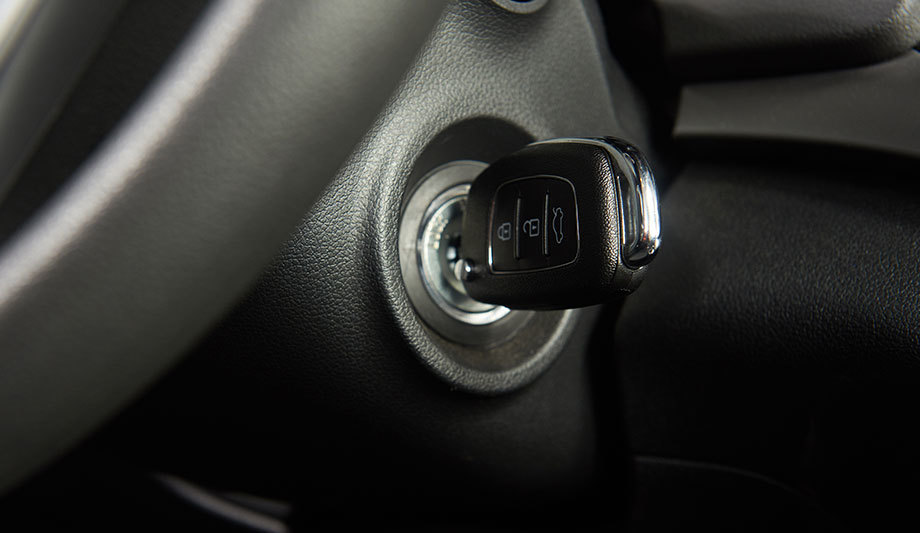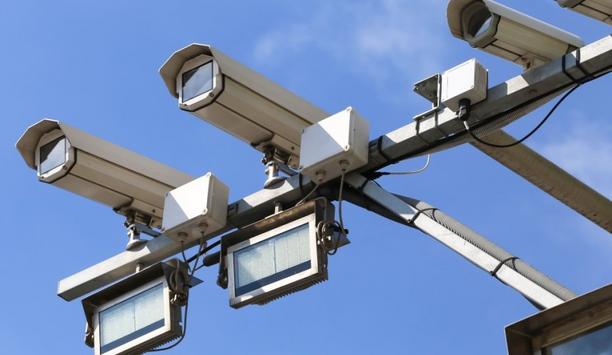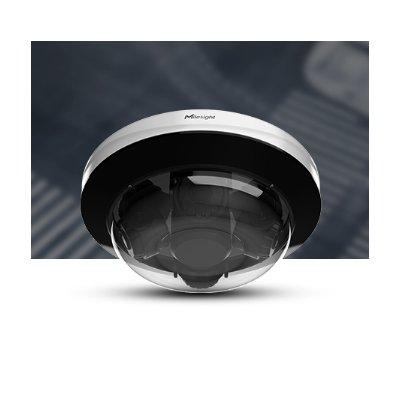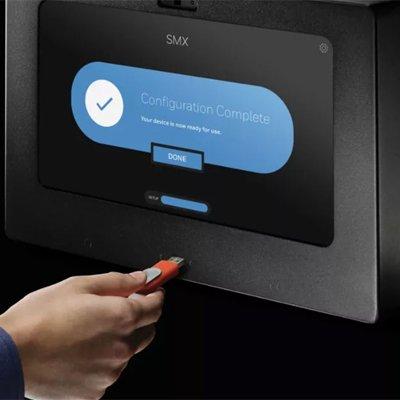Some of the electronic features we all love in our new cars depend on a connection to the Internet. But what are the cybersecurity risks involved in that connection? Could a widespread cyberattack turn our cars into deathtraps and create a traffic catastrophe on the scale of 9/11?
That’s the scenario described in a report from the nonprofit group Consumer Watchdog, which warns that a fleet-wide cyberattack at rush hour could result in a 9/11-style catastrophe with approximately 3,000 deaths. The organisation recommends that automobile manufacturers install a ‘kill switch’ that would disconnect a vehicle from the Internet in an emergency to mitigate the threat.
Protecting transportation system
Automakers are keeping the public in the dark as they market new features based on Internet connections"Consumer Watchdog contends that the vulnerability of automotive computer systems, and the possibility of a cyberattack, has been communicated privately to investors but not widely to consumers. “Automakers are keeping the public in the dark as they market new features based on Internet connections,” says Consumer Watchdog.
“Connecting safety-critical systems to the Internet is an inherently dangerous design,” says Jamie Court, President of Consumer Watchdog. “American car makers need to end the practice or Congress must step in to protect our transportation system and national security.”
Future designs should completely isolate safety-critical systems from infotainment systems connected to the Internet or other networks, according to Consumer Watchdog. By 2022, at least two-thirds of new cars on American roads will have online connections to the cars’ safety-critical systems, putting them at risk of deadly hacks.
Updating vehicle software over-the-air
One economic motive of connecting vehicles to the Internet is the ability of car manufacturers to update vehicle software over-the-air rather than having to recall a vehicle. Systems also enable collection of valuable data on how fast a car owner drives or where he/she shops.
Security-critical components inside cars are driven by ‘black boxes’ that may contain software of questionable origin
Security-critical components inside cars are driven by ‘black boxes’ that may contain software of questionable origin. Software may be written by third parties and/or include contributions from hundreds or thousands of different authors around the world, with little accountability for flaws. The ability to update software ‘over the air’ without touching the vehicles lets automakers cover up safety problems and sloppy testing practices, contends Consumer Watchdog.
“Allowing consumers to physically disconnect their cars from the Internet and other wide-area networks should be a national security priority,” says Court. “If a 9/11-like cyber-attack on American cars were to occur, recovery would be difficult because there is currently no way to disconnect our cars quickly and safely. The nation’s transportation infrastructure could be gridlocked for weeks or months. Mandatory ‘kill switches’ would solve the problem.”
Understanding the risks of connected cars
In addition to more attention to cybersecurity, there also needs to be more transparency to enable consumers to understand what is at risk and the choices they make. For example, a group of more than 20 car industry engineers and insiders helped to prepare the Consumer Watchdog report, but many of them remained anonymous for fear of losing their jobs. Consumers have a right to understand the risks they are taking and how they can minimise them.
In the Internet of things, cybersecurity dangers extend to almost every device in the connected world, from cars to smartphones to medical devices. Increasingly, we will be asked to weigh the convenience of cranking our car with a smartphone, for example, against the possible risk in the form of vulnerability to cyberattack.









































